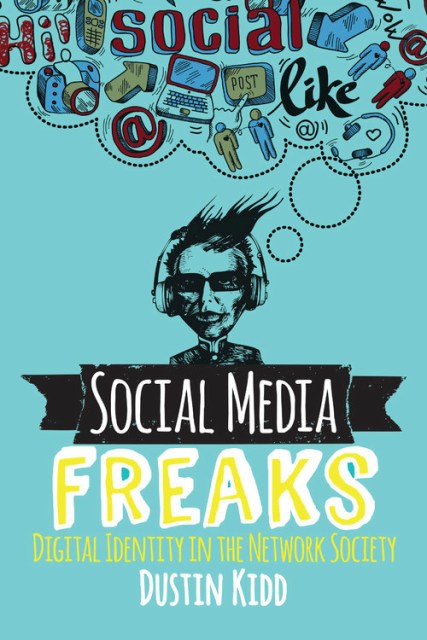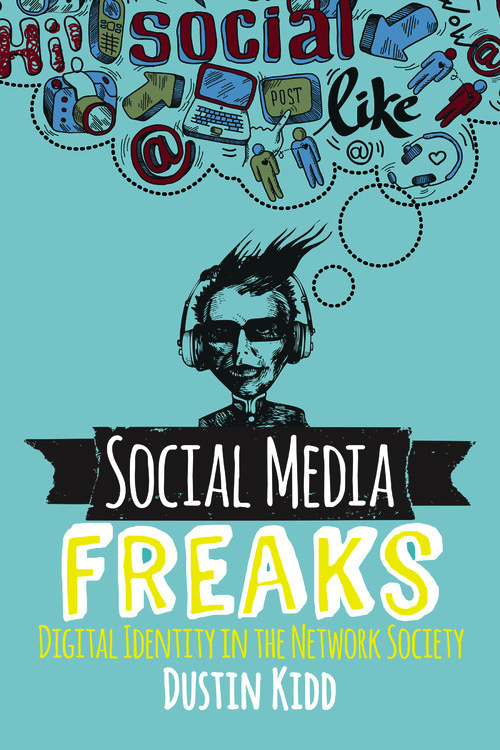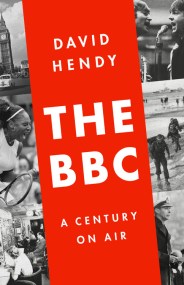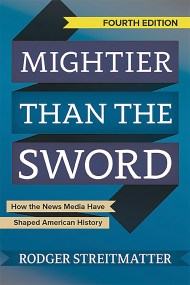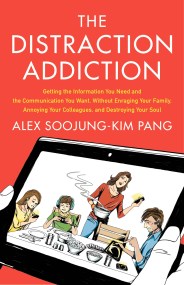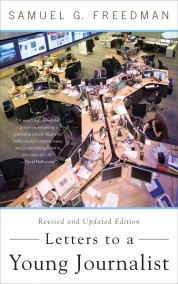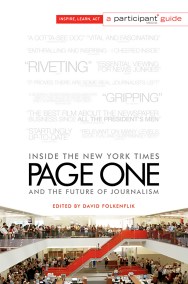Promotion
Use code MOM24 for 20% off site wide + free shipping over $45
Social Media Freaks
Digital Identity in the Network Society
Contributors
By Dustin Kidd
Formats and Prices
Price
$25.99Format
Format:
ebook $25.99This item is a preorder. Your payment method will be charged immediately, and the product is expected to ship on or around March 7, 2017. This date is subject to change due to shipping delays beyond our control.
Also available from:
Social media has been transforming American and global cultural life for over a decade. It has flattened the divide between producer and audience found in other forms of culture while also enriching some massive corporations. At the core of Social Media Freaks is the question: Does social media reproduce inequalities or is it a tool for subverting them?
Social Media Freaks presents a virtual ethnography of social media, focusing on issues of identity and inequality along five dimensions-race, class, gender, sexuality, and disability. It presents original and secondary findings, while also utilizing social theory to explain the dynamics of social media. It teaches readers how to engage social media as a tool for social activism while also examining the limits of social media’s value in the quest for social change.
Genre:
- On Sale
- Mar 7, 2017
- Page Count
- 288 pages
- Publisher
- Avalon Publishing
- ISBN-13
- 9780813350677
Newsletter Signup
By clicking ‘Sign Up,’ I acknowledge that I have read and agree to Hachette Book Group’s Privacy Policy and Terms of Use
